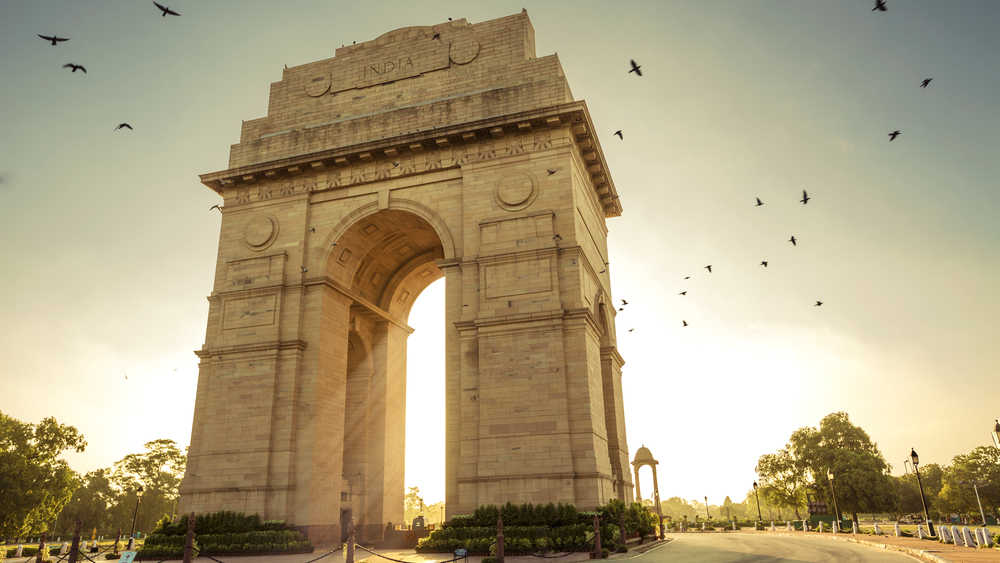The Bengal chief minister, Mamata Banerjee, recently spoke in favour of four rotating capitals in the country instead of just one national capital in Delhi. While there may be arguments both in favour of and against such an idea, another one — that of decentralization and/or making one or more small cities the national and state capitals — might be worth discussing. Although the word, capital, originates from the Latin word, capitalis, meaning ‘of the head’, a capital may not necessarily be a big city. While in Ottawa, I sometimes walked from one side of the city to the other, and wondered how such a small city could become the Canadian capital instead of Toronto, Montreal or Vancouver. I learnt that, in 1857, when a few cities were competing for the status of the capital, Queen Victoria chose Ottawa as it was centrally located between Montreal and Toronto, and was along the border of Ontario and Quebec (the centre of Canada at the time). Also, being reasonably far from the border of the United States of America, it seemed safer from attacks.
Instead of New York, Chicago, Los Angeles or San Francisco, the founding of the much-smaller Washington, DC as the US capital in 1790 was grounded in political compromise. Alexander Hamilton and the northern states wanted the new federal government to assume Revolutionary War debts, and Thomas Jefferson and James Madison wanted the capital to be in the South. George Washington chose the exact spot on the Potomac River’s navigation head, near two well-established colonial port cities, George Town (now Georgetown, a section of the city of Washington) and Alexandria.
Similarly, one might wonder why Canberra, not Sydney or Melbourne, is the capital of Australia. It is often said that the inland city of Canberra was built as the ‘bush capital’ as a compromise somewhere between Sydney and Melbourne. Some historians such as David Headon, however, believe that “The most significant reason... was that [the white population] could only really thrive and lead by living in a cold climate”. In Europe, during the years of the Cold War, a relatively small city like Bonn was the capital of West Germany. In fact, Bonn was chosen because Konrad Adenauer and other prominent politicians intended to make Berlin the capital of reunified Germany. They thought that a major city being made the capital would mean that it would be the permanent capital, and would weaken support in West Germany for reunification. The German federal government still maintains a substantial presence in Bonn.
Decentralization of government activities is not an alien idea. The branches of government in South Africa are split between Cape Town (legislative), Pretoria (administrative) and Bloemfontein (judiciary), although the Constitutional Court is in Johannesburg. The history, however, can be traced back to the days of the creation of the Union of South Africa in 1910 after four British colonies were unified and agreement could not be reached on where the capital would be located. Interestingly, in India, Andhra Pradesh earlier had four capitals: Visakhapatnam (executive), Amaravati (legislative), Kurnool (judicial), and Hyderabad.
The ‘glamour’ of big cities like New York, Toronto, Frankfurt or Sydney is not lessened by the fact that they are not capitals. In fact, this might have eliminated for them the burden of parliament, accommodations for ministers, foreign embassies and the rush caused by secretariats, government offices and apex courts being located there. Delhi, India’s capital, has a severe air pollution problem, so much so that its chief minister called it a ‘gas chamber’. Decentralization, or even shifting the capital further south might restore normalcy and cleaner air to Delhi. Similarly, Calcutta, Mumbai or Hyderabad would not lose any stature if they cease to be state capitals. If a small city is made the capital, it might trigger development in the concerned region as well. In 1961, Brazil moved its capital from Rio de Janeiro to inland Brasília “to bring progress to the interior of Brazil”. But an apolitical ‘capital push’ may not be easy.










